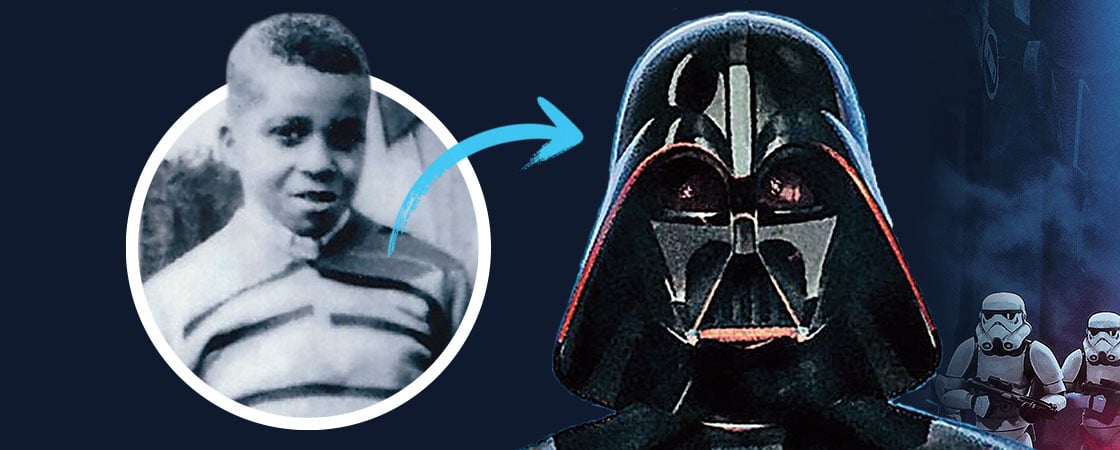Look to the left. Do you recognize the man in the black helmet? That’s Darth Vader—one of the main villains in the Star Wars movies, shows, and video games. His deep, scary voice has boomed on screens, big and small, for more than 40 years.
That famous voice belongs to an actor named James Earl Jones. But his voice wasn’t always famous. In fact, James Earl had almost no voice for many years. When he was 6 years old, he stopped speaking almost completely.
Look to the left. Do you recognize the man in the black helmet? That’s Darth Vader. He’s one of the main villains in the Star Wars movies, shows, and video games. He has a deep, scary voice. It has boomed on screens, big and small, for more than 40 years.
That famous voice belongs to an actor named James Earl Jones. But his voice wasn’t always famous. In fact, James Earl had almost no voice for many years. When he was 6 years old, he mostly stopped speaking.
Icy snowflakes whipped and whirled through the air. The wind howled. And 10-year-old James Earl Jones was racing through mountains of snow.
It was 1941, and a fierce blizzard was raging across Western Michigan. Back at
home, James Earl’s uncle Randy had fallen
to the ground, dangerously sick. James Earl had been sent out into the storm to get help.
Finally, he reached the local store and burst through the door.
“Call a doctor!” he wanted to shout to the store owner. But it felt like the words were stuck in his throat.
James Earl had a speech disorder known as stuttering, which made it difficult for him to say words out loud. Worried that others would make fun of him, he rarely spoke at all.
Now, he had to break his silence. Uncle Randy’s life depended on it.

